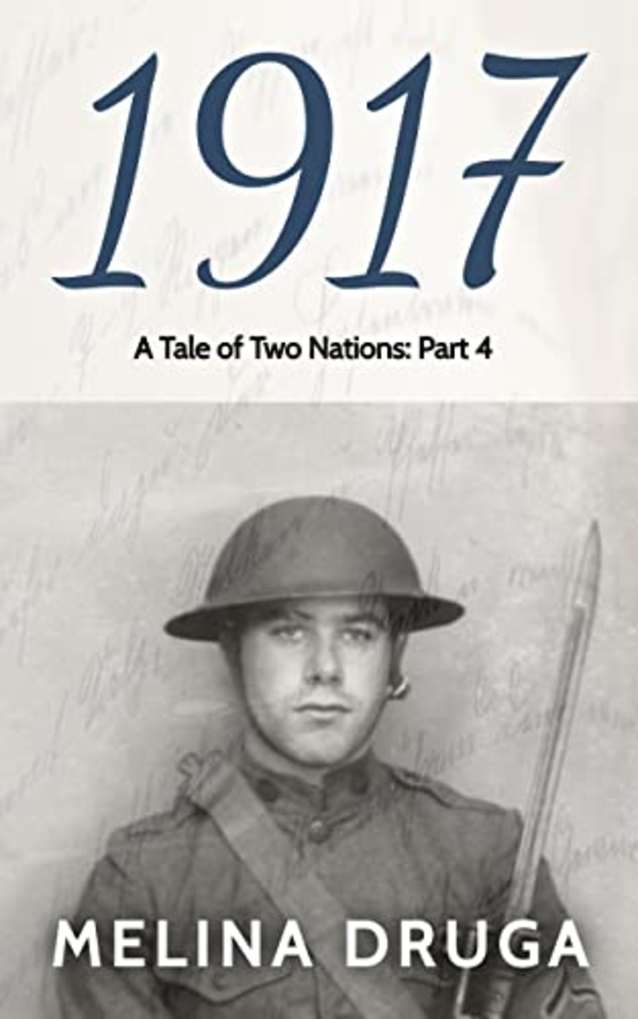1917
About
The year 1917 witnessed harrowing events that reshaped nations and define identities.
Canada’s burgeoning national identity is forged during the Battle of Vimy Ridge, an event that later would be hailed as the nation’s coming-of-age. All four divisions of the Canadian Expeditionary Force fight together, achieving a resounding victory against formidable German defenses. Flush with a palpable sense of national pride and accomplishment, the Canadian press ensures the echoes of bravery and sacrifice reverberate across the Atlantic.
Meanwhile, the United States grapples with the agonizing decision of whether to abandon its neutrality and enter the war. President Woodrow Wilson, re-elected in 1916 on the promise of keeping America out of the conflict, walks a tightrope of political peril. Tensions mount as German submarine warfare intensifies, threatening American lives and commerce.
Eventually, Wilson concludes that the United States can no longer stand idly by and asks Congress for a declaration of war, marking a decisive turning point in the conflict.
The fourth installment of the A Tale of Two Nations: Canada, U.S. and WWI series offers a compelling and informative journey back in time. Will the chaos of war forge paths no one could predict? Discover the untold stories that shaped our shared history and see through the eyes of those who witnessed the world change forever.
Praise for this book
Melina Druga's 1917 offers a unique glimpse into the pivotal year of World War I through the lens of contemporary newspapers in Canada and the United States. The book focuses on two major events: the United States entering the war and Canada's victory at Vimy Ridge. Druga explores how these events were reported at the time, highlighting the contrasting national attitudes. While America prepared for war with a sense of patriotic fervor, Canada’s military success at Vimy Ridge was seen as a moment of national pride and identity. The book doesn’t offer a traditional narrative but instead immerses readers in the real-time reporting of these crucial events.
I thoroughly enjoyed 1917 for its insightful portrayal of how wartime journalism shaped public perception and sentiment. It made me feel like I was stepping into a time capsule and I appreciated its look into history. Melina Druga’s approach, drawing on primary sources, offers a raw and unfiltered examination of the period. I appreciated the way she captured the urgency and complexity of the U.S. entry into the war and Canada’s significant military achievement. The themes of nationalism, propaganda, and the human cost of war are explored in a balanced, thought-provoking tone. The pace was suited to the historical context, and the vivid descriptions of the events and the diverse voices from newspaper accounts created a compelling narrative.
